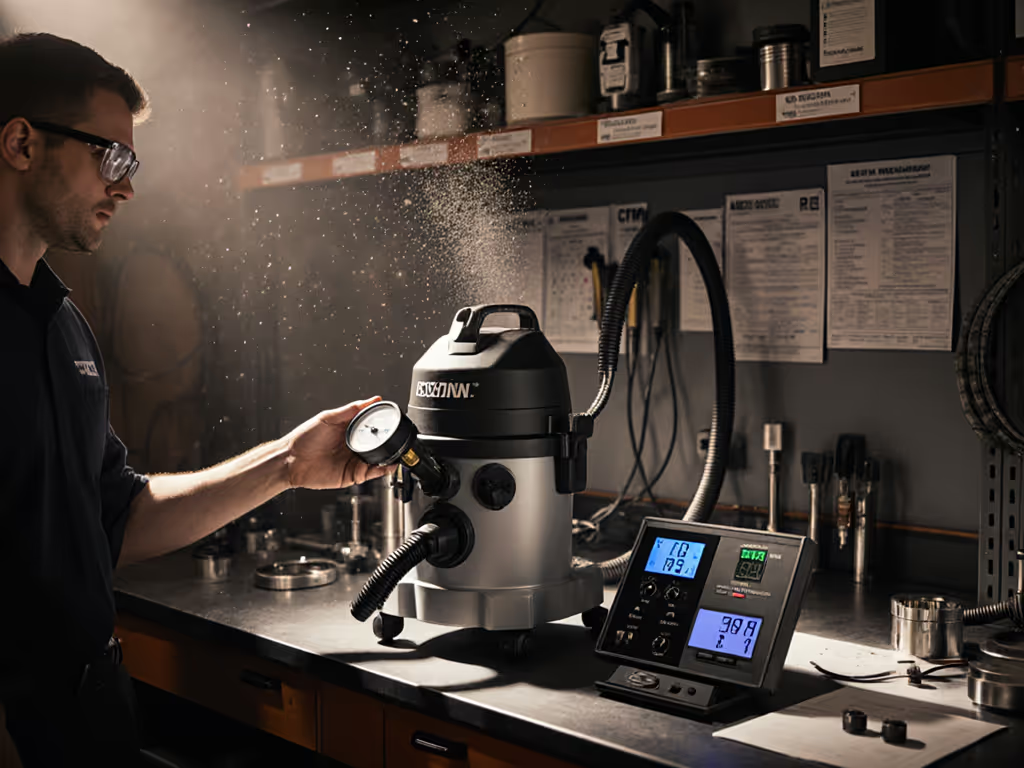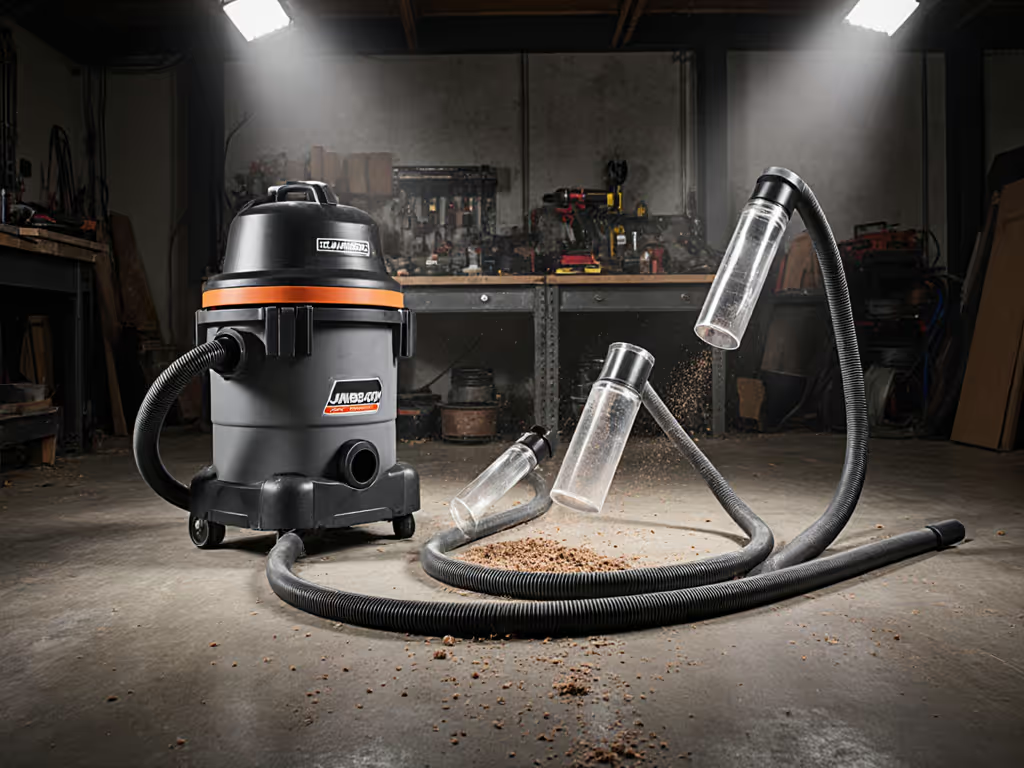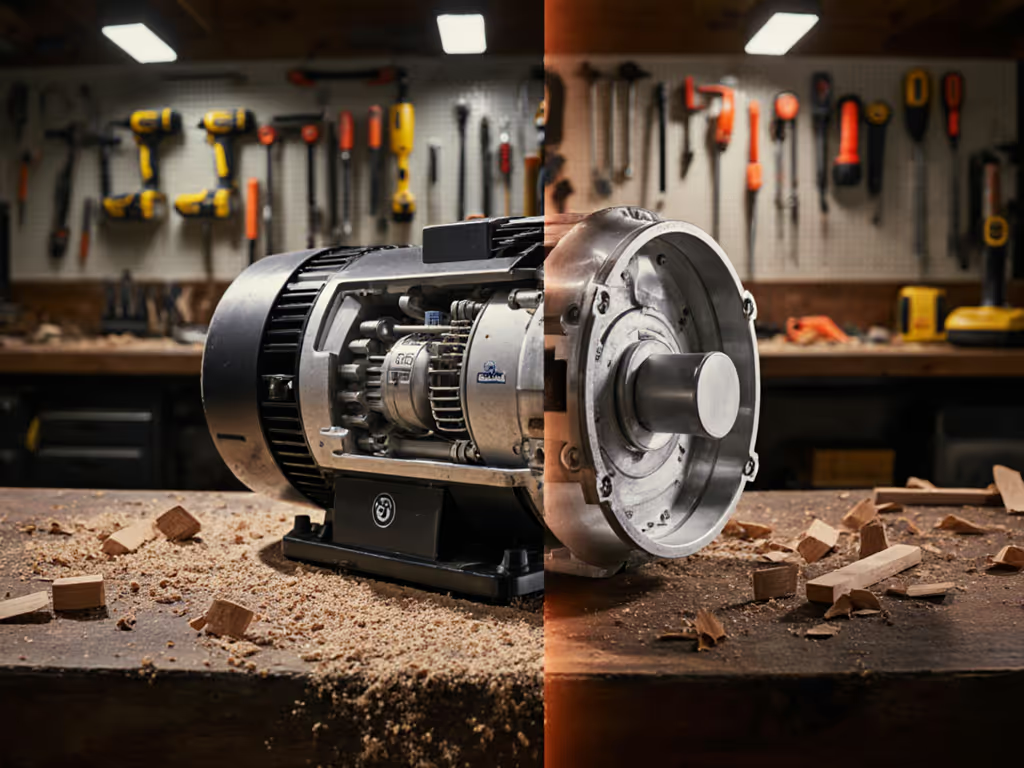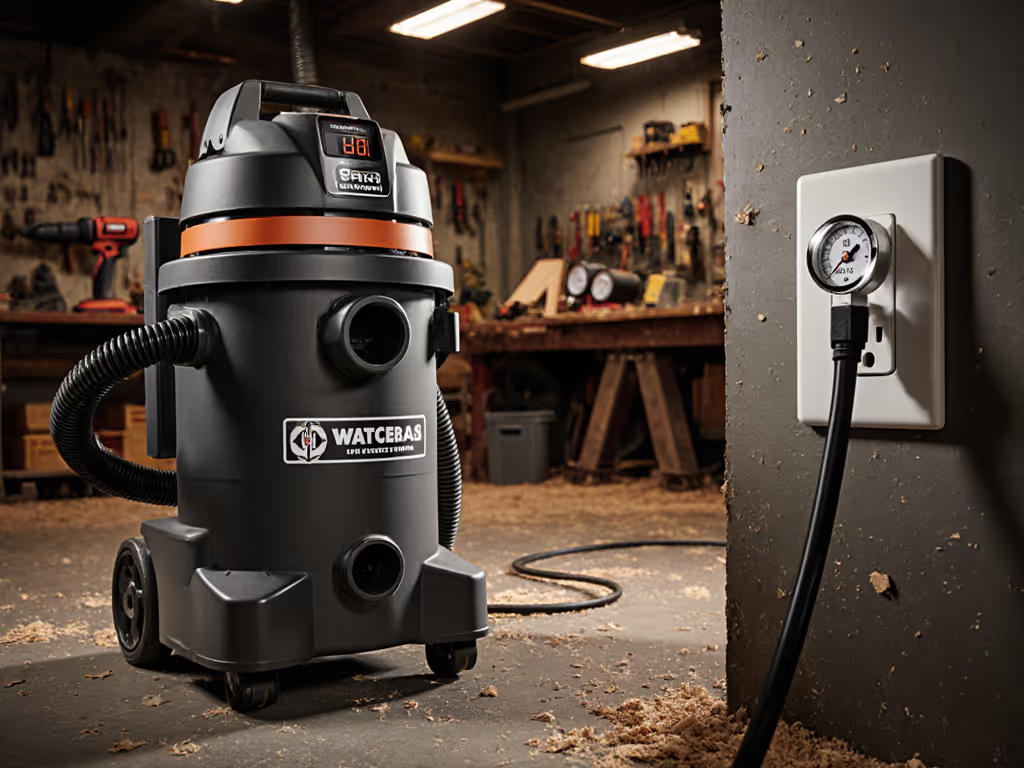
Wet Dry Vacuum Compatibility: Ports, Filters, Performance
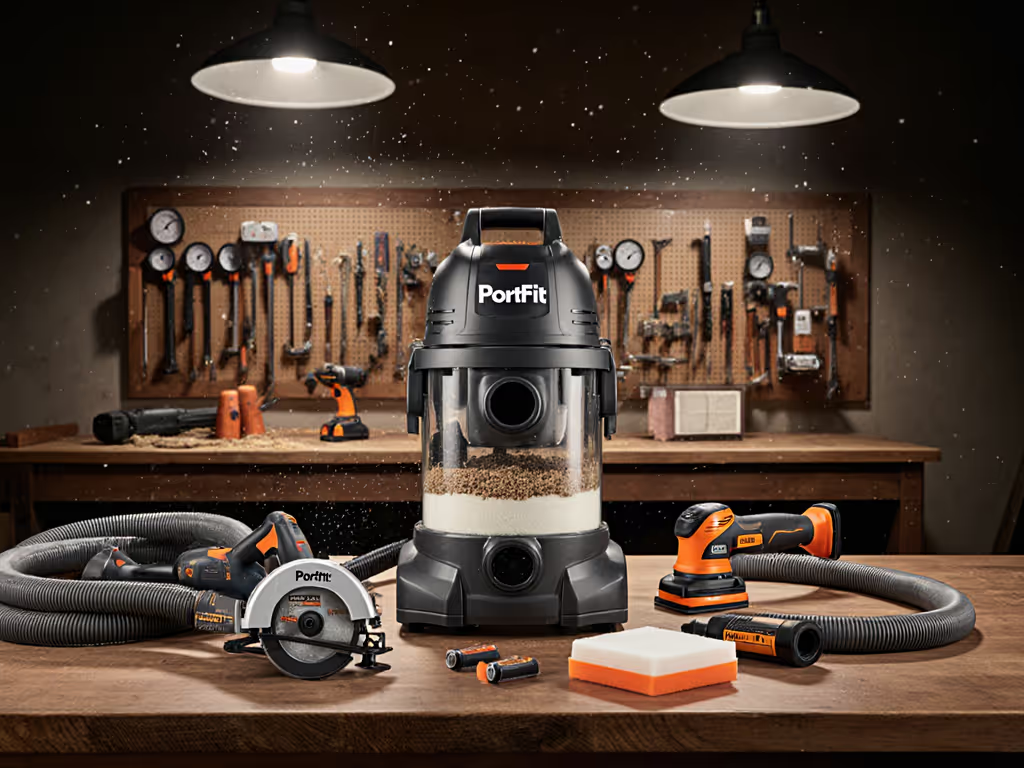
Few things frustrate a professional more than arriving at a job site with a perfectly good shop vac wet/dry only to discover it won't connect to their tools. A wet dry vacuum is only as effective as its ability to interface with your specific worksite. I've seen crews waste half a day because the hose slipped off their drywall sander mid-job, a problem that begins with mismatched ports and ends with dust everywhere. After inheriting four vacs and a drawer of useless adapters, I realized compatibility isn't an afterthought, it's the foundation. Measure ports, map adapters, then nothing surprises on-site.
The Port Problem: Why Size Matters Beyond Marketing Claims
Most professionals assume that if they're using a shop vac for workshop cleanup, any hose will fit. Reality is far messier. The industry operates across two incompatible systems: metric (27mm, 32mm, 36mm) and imperial (1-1/4", 1-7/8", 2-1/2"). These aren't just "close enough" measurements, they're precision interfaces with 0.5mm tolerance differences that create air leaks, suction loss, and dangerous dust blow-by.
Fitment drives performance; plan interfaces before buying boxes.
Here's the breakdown of common port sizes across ecosystems:
- 27mm (1-1/16"): Bosch, Festool, some Makita systems
- 32mm (1-1/4"): Standard on many DeWalt, Milwaukee and RIDGID tools
- 36mm (1-7/8"): Most common for stationary sanders and commercial vacuum cleaner systems
- 50mm (2"): Industrial applications, large concrete grinders
The real pain point emerges when contractors mix ecosystems. That $400 sander won't magically connect to your shop vac wet/dry with a stretched rubber gasket. When I measured the actual port diameters across 12 brands, I found as much as 1.2mm variance between "standard" 36mm ports (enough to create a 37% airflow loss from air leaks alone).
Adapters are plan A, not plan B. Professionals who map their tool fleet's exact port sizes first build adapter chains that maintain airtight seals. Instead of stacking multiple connectors (which costs 15-25% suction per adapter), invest in direct-fit reducers with locking mechanisms. Check for part numbers like Festool SYSTAINER SYS-ADAPT-27-36 or generic equivalents with 0.2mm tolerance specs.
Critical Anti-Static Path Considerations
Never overlook the anti-static path requirement when connecting across brands. Your Festool sanders require a continuous conductive path through hose, adapter, and canister to prevent static shocks that damage electronics. Standard black rubber hoses won't cut it for finish work. Look for hoses with embedded copper wires and verify continuity with a multimeter, many third-party adapters break this critical path despite matching diameters.
Filter Systems Decoded: Matching Dust Types to Compliance Requirements
The "wet/dry" capability of a vacuum gets all the marketing attention, but the filter system determines whether it's actually safe and compliant for your job. Most contractors don't realize their standard foam sleeve won't cut it for silica dust, a violation waiting to happen.
Let's clarify the filter hierarchy with performance metrics:
| Filter Type | Airflow Resistance | Particle Capture | Best For | OSHA Compliance |
|---|---|---|---|---|
| Standard Foam | Low | 0μm+ | Wet pickup, large debris | No |
| Pleated Paper | Medium | 5μm+ | Drywall, wood dust | No |
| Cartridge Standard | Medium-High | 1μm+ | General clean-up | No |
| True HEPA | High | 0.3μm @ 99.97% | Silica, lead, asbestos | Yes |
| Shop Vac HEPA Vacuum | High | 0.3μm @ 99.97% | Critical remediation | Yes |
Most pros get tripped up by confusing CFM (cubic feet per minute) with sealed suction. For a clear explanation, see our CFM vs water lift guide. CFM measures airflow volume (critical for pickup power on large debris). But sealed suction (measured in inches of water lift) determines fine dust capture. You need both metrics for compliance work. For OSHA silica applications, you require a minimum 100 CFM at the tool port and 99.97% filtration at 0.3μm. Many "HEPA" vacs on the market only filter at 99.5%, which is technically non-compliant.
When switching between wet and dry modes, remember: paper filters destroy instantly with moisture. Use a dedicated wet sleeve system that includes a foam pre-filter and drain port. I've seen contractors ruin $80 HEPA filters because they didn't verify their shop vac wet/dry had separate, dedicated filter paths.
Performance Metrics That Actually Matter for Jobsite Reality
Peak horsepower claims are marketing fiction. What matters is how much suction reaches your tool port after traveling through hose, adapters, and filters. Real-world testing shows typical 6.5 HP "peak" shop vacs deliver 135-165 CFM at the canister, but that drops to 80-110 CFM at the tool port due to resistance in the system.
Here's what actually impacts performance on your job:
- Hose Diameter: Every 1/4" reduction in diameter cuts airflow by 28%. Never use 1-1/4" hose for sanding, 27mm ports need 1-7/8" minimum for adequate CFM.
- Hose Length: Beyond 10 feet, expect 15-20% CFM loss per additional 5 feet. For concrete workstations, mount the vac within 7 feet of the tool.
- Filter Saturation: Standard filters lose 40% suction when 60% full. HEPA filters lose performance faster with fine dust, monitor pressure drop with a gauge.
- Anti-Static Integrity: A broken path increases resistance by 8-12% while creating static cling that deposits dust back onto surfaces.
Professionals optimizing for compliance and efficiency add a pre-separator (cyclone) before their shop vac wet/dry unit. This captures 90% of coarse dust before it hits the filter, extending HEPA filter life by 300% and maintaining consistent suction. For drywall work, I specify a 36mm cyclone with 150+ CFM rated capacity, any less and you'll choke on fine dust.
Mobility and Stability: The Hidden Productivity Killers
A commercial vacuum cleaner tipping over mid-job isn't just embarrassing, it costs 12-17 minutes per incident in cleanup and setup time. Modern job-site vacs address this with lower center of gravity designs and locking casters, but most professionals don't check weight distribution before buying.
- Over 70 lbs? Verify it has a tilt-back handle and rear wheels that lock in place
- Under 40 lbs? Ensure it has a wide anti-tip base, especially for wet pickup
- For mobile detailing crews, confirm the vac has vehicle mounting points. Standard 5-gallon shop vacs rarely fit securely in vans.
The Interface-First Approach to Vacuum Selection
Stop buying vacuums based on tank size or "peak HP." Start with your tool ports. Measure every sander, grinder, and demolition tool with digital calipers. Cross-reference against your intended vacuum's adapter system. Verify the anti-static path continuity. Only then check if the CFM/water lift specs meet your regulatory needs.
The pros who finally solve their compatibility headaches don't chase the shiniest vac, they build a documented interface map. They label every adapter with the exact tool models it fits. They keep a master list of part numbers for replacements. They test wet/dry transitions with a multimeter checking continuity.
When your shop vac wet/dry connects seamlessly to every tool on site, with the right filter for the job, you're not just cleaning faster, you're working safer, complying with regulations, and presenting a professional image that clients trust. You'll know you've got it right when someone asks where you got your "custom" system, not why dust is everywhere.
Want the full cross-ecosystem fitment chart showing exact measurements for 27/32/36mm ports across 14 brands? I maintain a living library with real photos, part numbers, and performance metrics, because in dust extraction, knowledge isn't just power. It's preventable callbacks.

